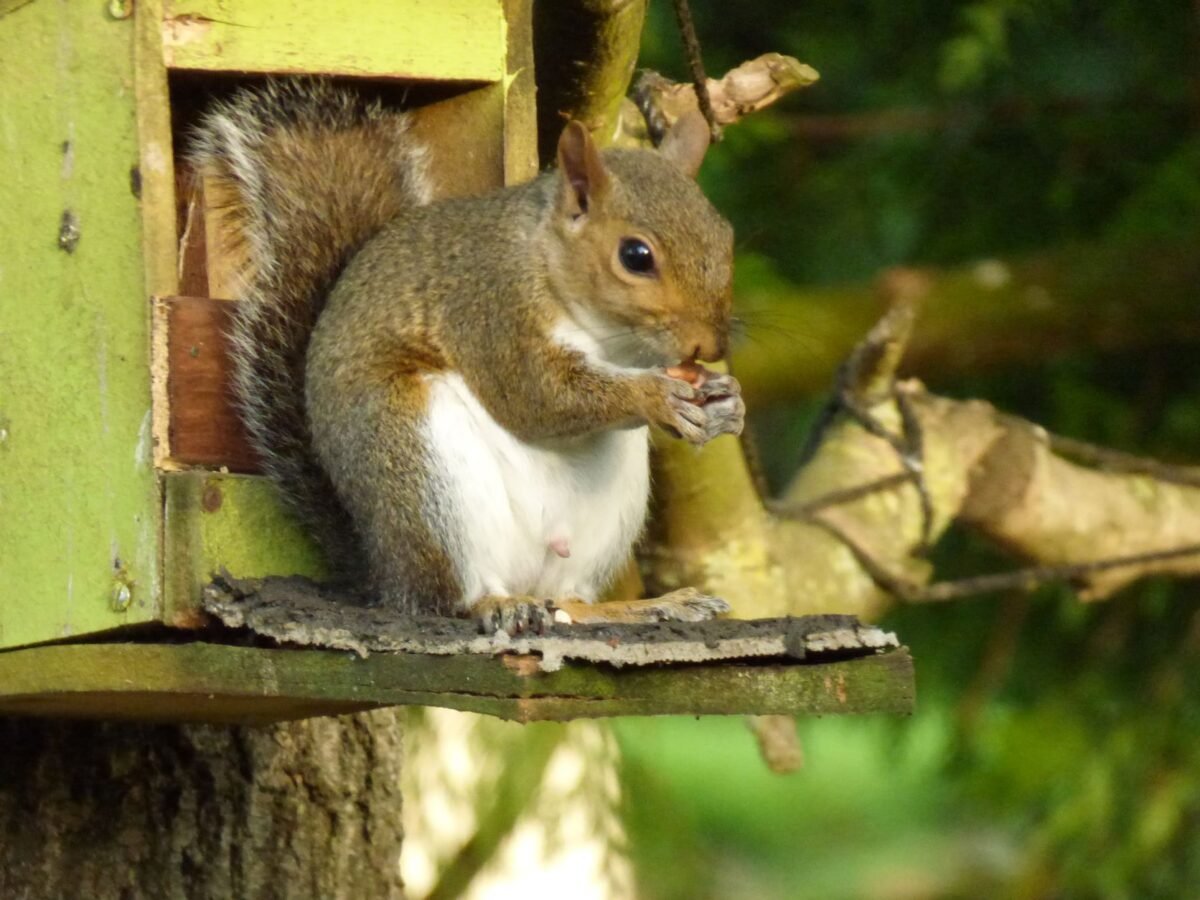-
Sterilising Grey Squirrels, a nonsensical idea.

All squirrels have similar habits and behaviours. Wiping out the greys and increasing the population of reds will only make the reds pests. Contraception is a nonsense approach.
-
The London airport monkey run.

The London Airport monkey run involved the suffering and death of thousands of monkeys. So many that the media dubbed it the massacre of the monkeys.